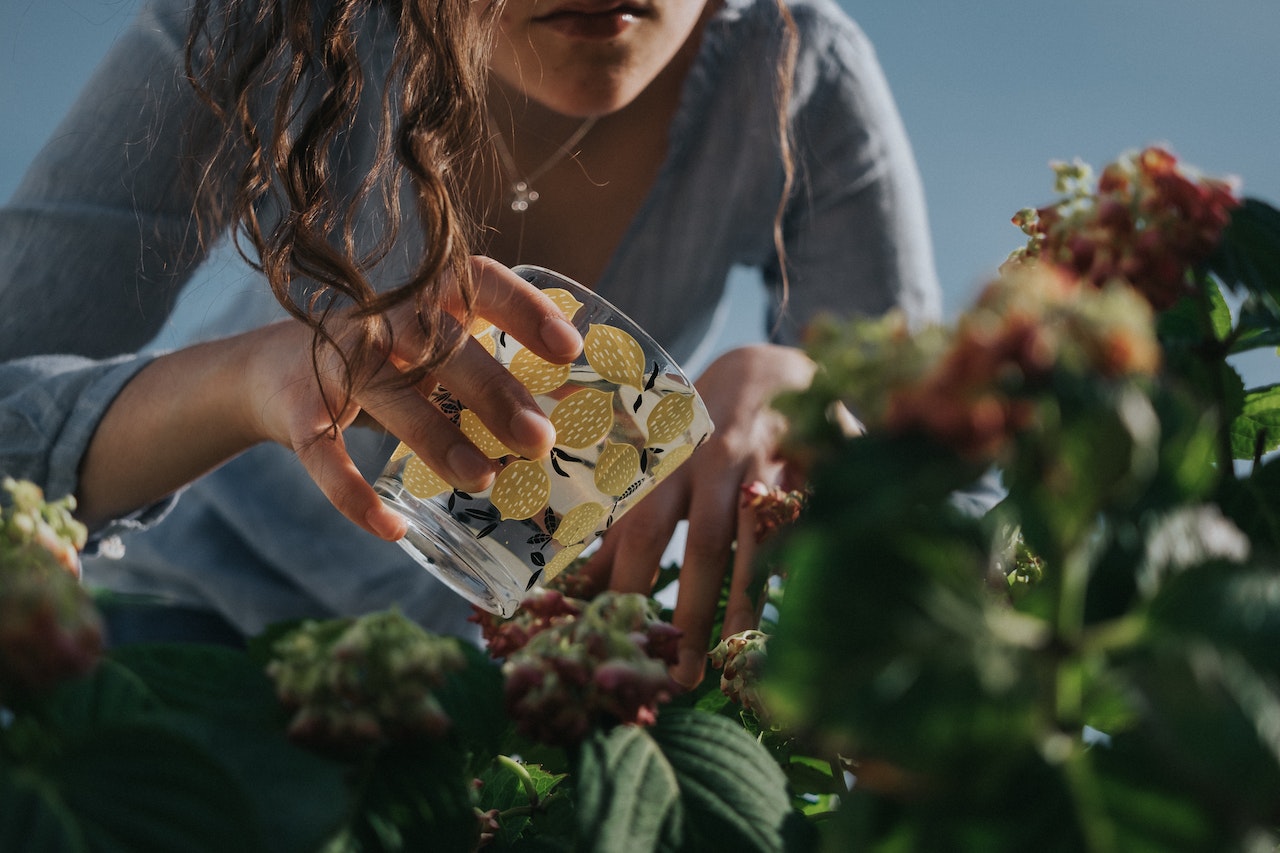After a long and cold winter, there’s nothing quite like the feeling of getting outside and breathing in the fresh air. But where do you start when it comes to cultivating a vibrant garden this season? Whether you’re an experienced gardener or a beginner, there are plenty of things you can do to ensure your garden is at its best. From selecting the right plants to knowing when to water, we’ve got you covered with eight tips that will help you create a garden that’s bursting with life. So, grab your gardening gloves, and let’s get started!
Understanding Your Garden’s Soil and Climate
Before you start planting, it’s important to understand the soil and climate of your garden. Soil is the foundation of any garden, and different types of plants require different types of soil. The first step is to test your soil’s pH level. You can do this by purchasing a soil testing kit from your local garden center, or by sending a soil sample to a laboratory for analysis.
Once you know your soil’s pH level, you can determine which plants will thrive in your garden. For example, if your soil is acidic, you may want to consider planting blueberries or azaleas. If your soil is alkaline, you may want to consider planting lavender or thyme. It’s also important to consider your garden’s climate. Some plants require more sunlight than others, while others prefer shade. With some online gardening classes, you’ll have the knowledge to choose plants that are well-suited to your garden’s climate.
Finally, don’t forget to consider the amount of rainfall your garden receives. If you live in an area with a lot of rainfall, you may not need to water your garden as often as someone who lives in a drier climate.
Choosing the Right Plants
Once you understand your garden’s soil and climate, it’s time to choose the right plants for your garden. First, think about the purpose of your garden. Are you planting a flower garden, a vegetable patch, or a combination of both? Make sure to choose plants that will thrive in your garden’s environment.
Second, consider the size of your garden. Make sure to choose plants that won’t overcrowd your garden or compete with each other for nutrients. It’s also important to choose plants that are appropriate for the size of your garden. For example, if you have a small garden, you may not want to plant large trees or bushes.
Finally, consider the maintenance required for each plant. Some plants require more care than others, so make sure to choose plants that fit your schedule and gardening abilities.
Planning Your Garden Layout
There are a few things to consider when planning your garden layout. First, consider the amount of sunlight each plant needs. Make sure to place plants that require more sunlight in areas that receive full sun and plants that prefer shade in areas that are shaded.
Second, consider the height of each plant. Make sure to place taller plants in the back of your garden, and shorter plants in the front. This will guarantee that all of your plants receive the necessary amount of sunlight.
Finally, consider the aesthetic of your garden. Think about how your garden will look when all of your plants are in bloom. Make sure to choose plants that will complement each other and create a cohesive look.
Preparing Your Garden for Planting
Before you start planting, it’s important to prepare your garden. This involves clearing the area of any weeds or debris and adding compost or other organic matter to improve the soil. You may also need to add fertilizer or other nutrients to ensure that your plants have everything they need to grow.
It’s also important to make sure that your garden is properly drained. If your garden retains too much water, your plants may develop root rot or other diseases. Make sure to add drainage if necessary, or consider planting in raised beds if your garden has poor drainage.
Planting and Caring for Your Garden
Now it’s time to start planting! Make sure to follow the planting instructions for each plant, including the depth and spacing requirements, as well as any first-week watering requirements. This will help your plants establish their roots and grow strong.
As your garden grows, make sure to monitor your plants for any signs of disease or pest infestations. This can include discoloration, wilting, or the presence of insects. If you notice any issues, address them promptly.
Common Garden Pests and How to Control Them
Unfortunately, gardens are often plagued by pests. Some common garden pests include aphids, slugs, and snails. These pests can damage your plants and ruin your garden. Fortunately, there are several ways to control garden pests.
One option is to use natural predators, such as ladybugs or praying mantises, to control pest populations. You can also use insecticidal soap or other organic pest control methods to deter pests. Finally, consider using physical barriers, such as netting or mesh, to keep pests out of your garden.
Harvesting and Enjoying the Fruits of Your Labor
Whether you’re growing vegetables, herbs, or flowers, make sure to harvest them regularly. This will encourage your plants to produce more, and it will also ensure that you get the most out of your garden.
Once you’ve harvested your crops, it’s time to enjoy them! Whether you’re cooking a delicious meal with fresh herbs and vegetables, or enjoying a vase of freshly picked flowers, your garden is sure to bring joy and satisfaction.
Sustainable Gardening Practices to Consider
Finally, it’s important to consider sustainable gardening practices. This includes using organic fertilizers and pest control methods, as well as conserving water and energy. You can also consider composting your kitchen and garden waste to create nutrient-rich soil for your garden.
By practicing sustainable gardening, you’ll not only help the environment, but you’ll also create a healthier and more vibrant garden.
Bottom Line
Creating a vibrant garden takes time and effort, but it’s also incredibly rewarding. With these tips in mind, you’ll be able to cultivate a garden that not only looks beautiful, but also provides you with fresh herbs, vegetables, and flowers. Happy gardening!


